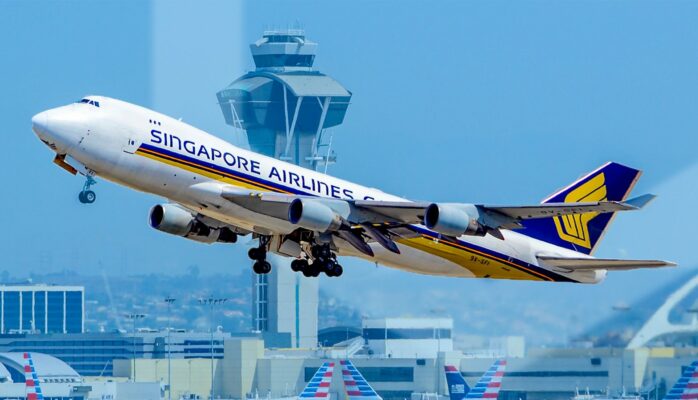On the 24th, Singapore Changi Airport, which had been silent for several months due to the epidemic, welcomed a group of special guests. Singapore Airlines’ Airbus A380 restaurant officially opened that day.
People can board the grounded Airbus A380 and enjoy a meal while watching movies. The epidemic has dealt a heavy blow to Singapore’s aviation industry, and Singapore Airlines hopes that this event will bring long-lost vitality to Changi Airport and Singapore Airlines.
Headquarters reporter Deng Xuemei: This is the third terminal of Changi Airport. Customers who dine on the Airbus A380 will first register with their passports and then board the plane to dine after passing the security check.
On the 12th of this month, Singapore Airlines launched the A380 lunch event online. Depending on the cabin, the price of in-flight meals ranges from RMB 250 to RMB 3,000 per person.
Only half an hour after the launch, more than 900 seats were sold out.
Because of the overwhelming response from the market, Singapore Airlines subsequently increased the event to 4 days and added dinner.
Wu Yaoheng, deputy dean of the Business School of the National University of Singapore: From an economic point of view, this is unattractive and will not bring much change to airlines at a trough.
Compared with billions of losses, millions of income are insignificant. But this can make passengers and those who like Singapore Airlines happy, and it can also boost staff morale.
Singapore Airlines flight attendant Wang Nicole: I am very proud to be able to serve in the A380 restaurant today (24th). This is what we all have always expected. We are very excited to be able to provide services to passengers who are currently unable to fly. This is a brand new experience for us.
In July of this year, Singapore Airlines issued a statement stating that due to a plunge of 99.5% in passenger capacity, the company had a net loss of S$1 billion in the first quarter of fiscal year 2020, setting a record for a single quarterly loss.
Singapore Airlines plans to reduce its fleet size and flight network in the next few years.



